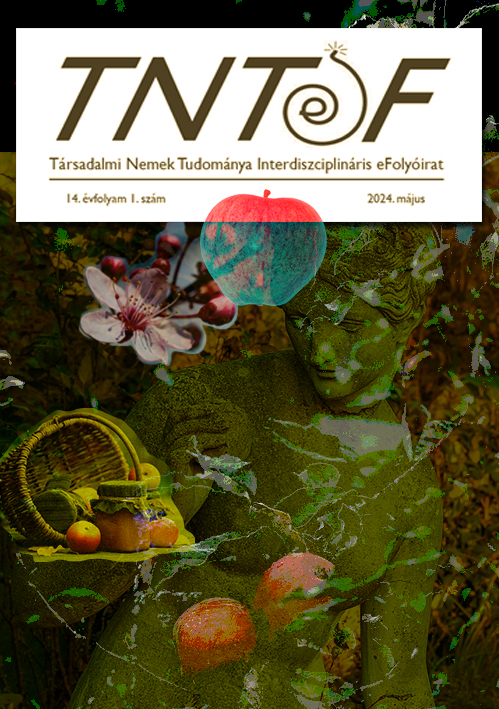Profane Triptych. Hybrid Bodies and Mediality in Anna Nemes’s Works
Main Article Content
Abstract
The focus of the present study is the profane triptych constituted by the body representations of painter and film director Anna Nemes. The different medial strategies and representational systems of fine art, documentary and feature filmmaking depict different body perceptions while creating a rich network of meanings. The heterogenic proliferation of flesh is an ever-continuous mutational process, leading to a hybrid, amorphous and transgressive new aesthetics in close relation with contemporary cultural theories, especially posthumanism and new materialism. The inherent monstrosity of the flesh in Nemes’s description of the body deconstructs the traditional logocentric approach of Western philosophy. New materialism therefore proves to be more than adequate theoretical framework for her extensive representation of the non-linear plasticity of flesh. The oeuvre of Nemes incorporates multiple representational strategies based on the different mediums of painting, documentary and fictional filmmaking, affecting the appearance of this monstrosity. While the rhythmic temporality of the paintings enables the complete deanthropomorphization of the hybrid bodies, the inherent objectivity of the film image limits this process in documentary Beauty of the Beast to showing female body builders as lines of flight (ligne de fuite) beyond the conventional ideals of Western beauty. The feature film Gentle, as the middle panel of the imaginary triptych, provides the synthesis of the above approaches. The fictional narrative enables access to the individual. At the same time, the temporality of the conventional narrative film works against the deconstructive process. Therefore, Gentle does not result in a complete, perverse deconstruction of a hybrid aesthetics but, by choosing a female body builder’s body, it may convey the subversive notion of the ever-present flesh.

